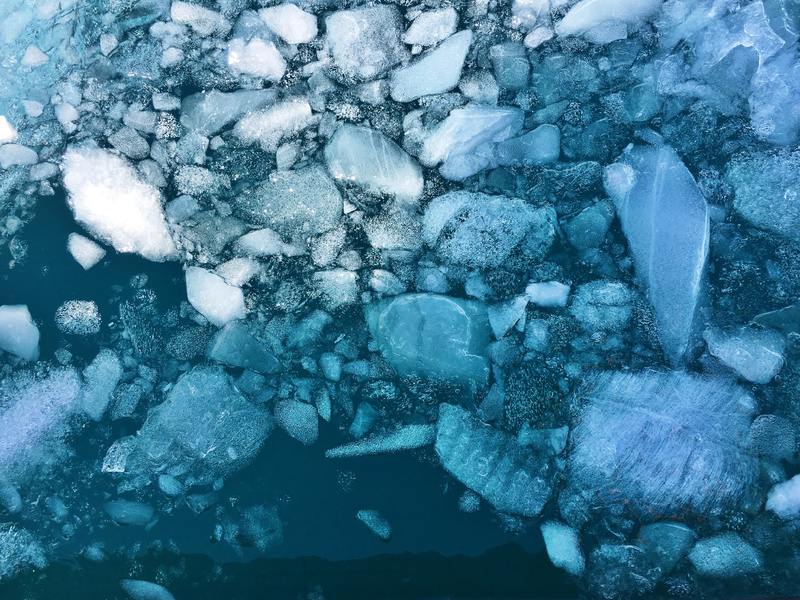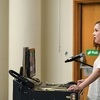On thin ice: Open Data and interdisciplinary collaboration
15 December 2021 | Story Maggie Marx, Natalie Simon. Photo Cassie Matias/Unsplash. Read time 4 min.
2016 saw an unprecedented reduction of the sea ice extent in Antarctica. To better understand the reasons for this phenomenon, researchers in UCT’s Department of Oceanography teamed up with, among others, Professor Sebastian Skatulla from the Department of Civil Engineering. The result of this cross-faculty collaboration was a shared, inter-disciplinary research space on ZivaHub: Open Data UCT, facilitated by Digital Library Services.
The Marine and Antarctic Research Centre for Innovation and Sustainability (MARIS), which includes researchers from biological sciences, oceanography and chemical, civil and electrical engineering, also joined forces with this ongoing research to better understand the complex interrelation of the ice-covered Southern Ocean and global climate change. Institutional organisational structures were not traditionally designed to optimise collaborative research of this nature, but the Digital Library Services (DLS) team were on hand to provide support, successfully facilitating a unique collaborative, cross-faculty, data sharing space.
Understanding sea ice
While the research at MARIS encompasses various impacts of global climate change on ocean health, Skatulla and his colleagues’ research is more laser focused and concerns the nature of first-year sea ice (ice that’s thicker than young ice but doesn’t have more than a year’s growth) along the Good Hope Line of the Antarctic Marginal Ice Zone (MIZ). The reduction of sea ice extent in 2016 brought to the fore the gap in the understanding of seasonal and long-term variability of sea ice in this area. Skatulla, an expert in structural and mechanical engineering, had a wealth of knowledge – not limited to oceanography – to bring to bear on the very practical problem of studying sea ice both experimentally and computationally.
In 2019 Skatulla, together with 25 other UCT researchers and 70 other participants, set sail to determine – amongst many other research probes – the physical and mechanical sea ice properties in the area in question. During this Southern oCean seAsonaL Experiment (SCALE) Winter Cruise of the South African icebreaker SA Agulhas II, first-year ice was sampled and analysed for temperature, salinity, texture, anisotropic elastic properties and compressive strength. Skatulla and his colleagues’ findings will inform future expeditions and shape the research and understanding of sea ice in the MIZ in more detail.
More recently, he also entered a collaboration with the Government Department of Forestry, Fisheries and Environment (DFFE) to research the stability and safety of the Penguin Bukta and Atka Bukta supply vessels journeying to research bases in the vicinity of the Good Hope Line.
Open science opens collaboration
Funders and institutions are increasingly requiring researchers to make their data, software and other less traditional research outputs openly available for reuse, a practice referred to as Open Science. To accommodate this demand, UCT Libraries, a partner in UCT eResearch, offers an institutional data repository platform, ZivaHub. In addition to the platform, the team at DLS offers support for data management and the practice of Open Science. Niklas Zimmer and Sanjin Muftic from DLS assisted Skatulla and his colleagues in setting up MARIS as the first faculty-level group on ZivaHub. This collaborative data-sharing space enabled researchers from the Faculty of Engineering and the Built Environment as well as the Faculty of Science, to have equal system access and representation for their collaborative data within the repository system.
 This work is licensed under a Creative Commons Attribution-NoDerivatives 4.0 International License.
This work is licensed under a Creative Commons Attribution-NoDerivatives 4.0 International License.
Please view the republishing articles page for more information.
Research & innovation





































